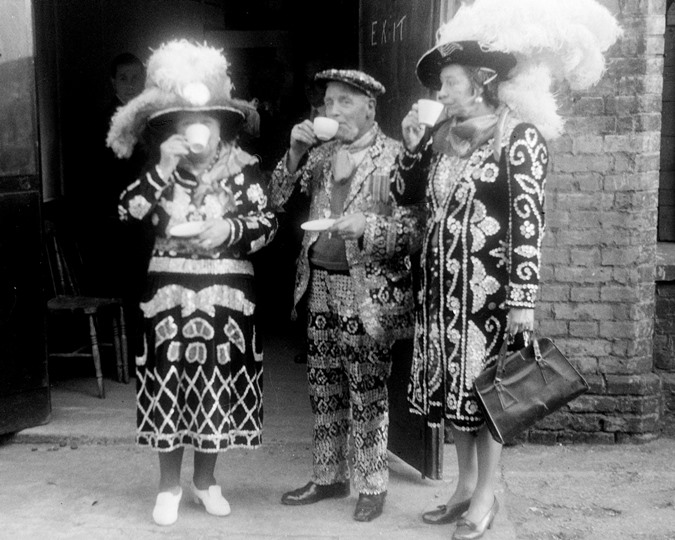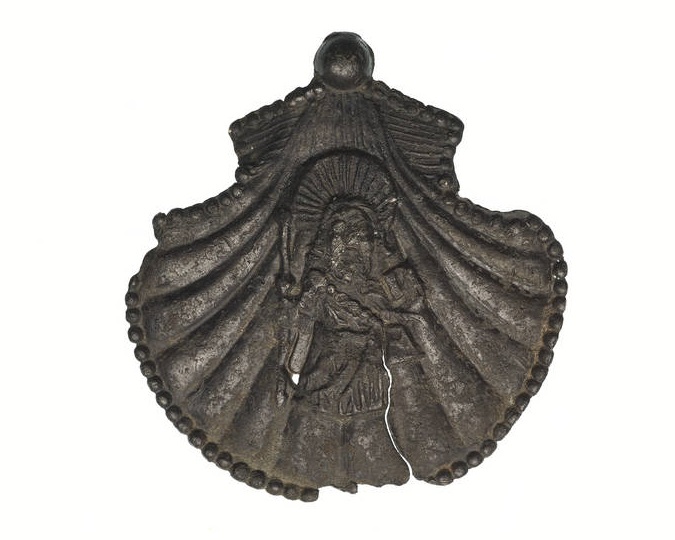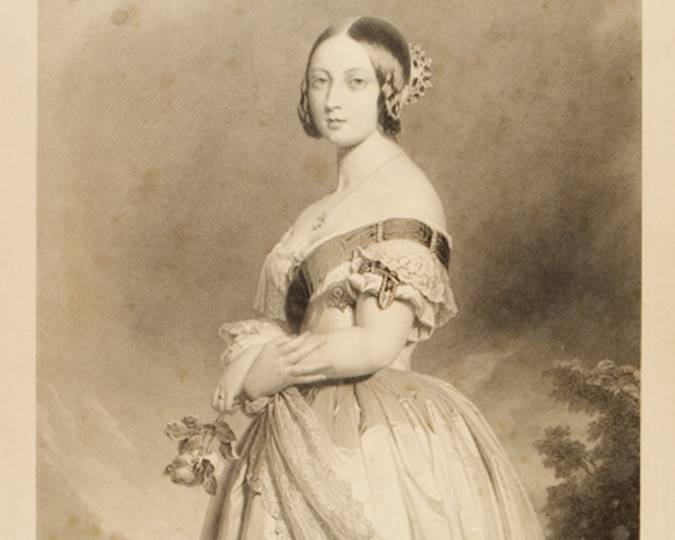The air we breathe
In December 1952, what should have been just another Friday turned into a catastrophe in the city.
An extraordinary combination of weather conditions and pollution brought about a dense toxic fog that quickly descended onto the streets. ‘Smogs’ as they were known were not unusual in London but this was different. ‘The Great Smog of London’ as it was later called led to the deaths of between 4,000 and 12,000 people, with a further 100,000 suffering respiratory illness.
The fatal effects of this deadly smog were caused by air pollution, a collection a fossil fuel smoke particles that in combination with an anticyclone and the cold December weather, led to a 5-6 fold increase in sulphur dioxide in the atmosphere.

'We Want Clean Air' protest banner at Paddington, 1956 (© Henry Grant/Museum of London)
Despite the introduction of The Clean Air Act shortly after in 1956, we are still struggling to control air pollution and reverse the effects it has on global warming today. It’s a controversial issue and some people still believe that global warming is a passing phase of the Earth’s natural history. But how about the effects of air pollution on our bodies? Can looking at the human bones of past Londoners help identify air pollution and its related health issues? How bad really was air pollution in London and have we managed to improve our air quality?
What is air pollution?
The first type of air pollution we usually think about are particles in the open air, most commonly ones that are derived from the process of burning coal or wood. We know that these are very dangerous in excessive levels and are closely associated with industrialisation.
However, we should also consider the air we are breathing in when we put ourselves in enclosed environments, such as where we live and work. There could be occupational dust, derived from working with materials such as wood, grain, cotton or coal. In the past, Victorian physicians pieced together the link between various sources of air pollution such as ceramic dust in potteries to respiratory diseases. This group of diseases eventually gained the recognition of what we now call ‘respiratory occupational diseases’.
Another major source of air pollution to our lungs comes from a much enjoyed habit by many, smoking. The inhalation of tobacco smoke can be active or passive in confined or poorly ventilated rooms. Until the Health Act 2006, smoking in the workplace was legal and even for those who didn’t smoke, passive smoking was a serious health risk. Although workplace environments are now smoke free and the risk was reduced, passive smoking is still an issue at home. It has been estimated that 80% of deaths due to the inhalation of second-hand smoke occurred due to passive smoking in the home.
The final source of air pollution we should consider are airborne diseases, which can have serious consequences on our respiratory health. Pulmonary tuberculosis, for example, was a leading killer of young and middle aged adults, accounting for between 30-40% of all deaths in these age groups between 1851-1860. Today, COVID-19 is an airborne disease of major concern, which has led to 154,000 deaths and 15.9 million cases in the UK to date.









